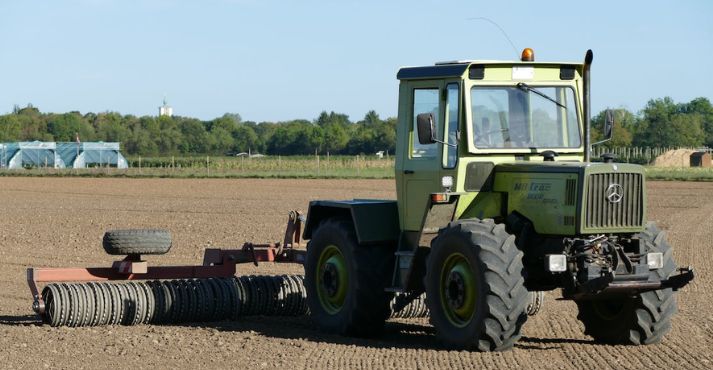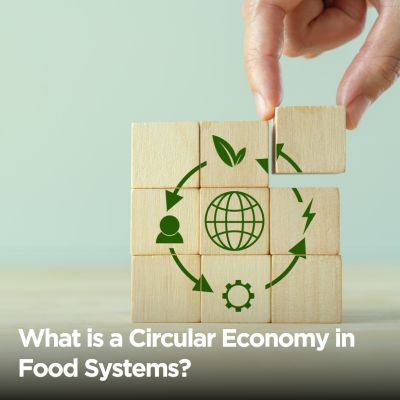In recent years, “Agritech” has become a hot topic, with the global Agritech market expected to hit $23 billion by 2025. This surge in interest shows how important Agritech is for solving big problems in farming.
As the world’s population keeps growing, we need more food. But farms are facing challenges like less land and water, thanks to cities spreading out and climate change—agritech steps in to help by using technology to make farming more innovative and efficient.
From using gadgets to help farmers know exactly what their crops need to developing plants that can better survive pests and diseases, Agritech is changing the game. It’s all about producing more food with less activity.
Let’s explore what agritech is and how it shapes the future of farming, making it better for everyone.
Defining Agritech
Agritech or Agtech, short for “agricultural technology,” a subcategory of food technology, is the integration of technology, data analytics, and automation into farming practices. It modernizes agriculture by leveraging innovation to enhance productivity and sustainability.
This encompasses precise techniques like precision agriculture, where tools such as GPS, drones, and sensors gather data for informed decision-making.
Agritech optimizes processes, from planting to resource management, offering farmers greater efficiency and improved yields. A synergy of technology and farming revolutionizes how we cultivate food.
Applications of Agritech
Precision Agriculture
Precision agriculture is a remarkable application of agritech, revolutionizing modern farming practices.
In this context, advanced technologies such as Global Positioning System (GPS), drones, and sensors are ingeniously employed. These tools work harmoniously to collect crucial data and offer invaluable insights to farmers.
GPS Technology
Precision agriculture leverages GPS technology to accurately map fields, monitor equipment, and track the movement of farming machinery.
The precise positioning allows farmers to optimize the distribution of resources, reduce overlaps, and minimize wastage of seeds, fertilizers, and pesticides.
Drones for Aerial Surveillance
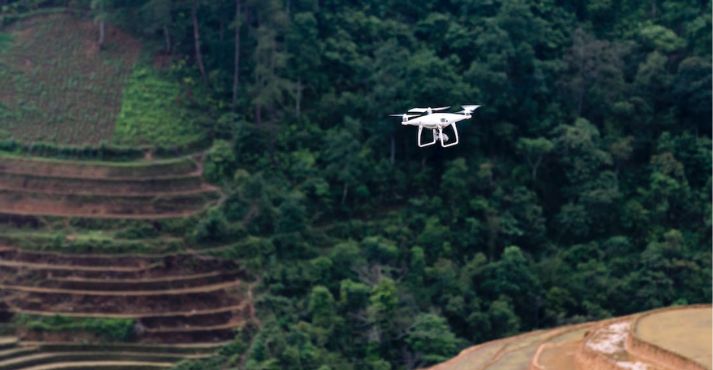
Drones take to the skies equipped with cameras and sensors, capturing high-resolution images of the fields.
These images are then analyzed to assess crop health, detect pest infestations, and identify areas that require targeted interventions. The real-time data aids in timely decision-making and targeted responses, minimizing losses.
Sensors and Data Analytics
Ground-based sensors are strategically placed across fields to measure soil moisture, temperature, and nutrient levels.
The data collected is fed into analytics systems, generating actionable insights. Farmers can make informed choices about irrigation, planting times, and crop rotation by understanding soil conditions and weather patterns.
Smart Farming
The concept of smart farming, seamlessly facilitated by agritech, introduces a new era of agricultural practices.
Smart farming is built upon the foundation of interconnected devices and Internet of Things (IoT) sensors that synergize to usher in a transformational change in how farms are managed and operated.
Interconnected Devices for Insightful Operations
Smart farming harnesses the power of interconnected devices spread across the farm. These devices collaborate to collect real-time data on various aspects, such as soil moisture levels, weather conditions, and crop growth patterns.
This data is then analyzed to provide farmers with insightful insights into the state of their farms, enabling them to make informed decisions.
IoT Sensors for Livestock Monitoring
IoT sensors play a pivotal role in livestock management. These sensors are affixed to animals to monitor their health, location, and behavior. Through continuous monitoring, farmers gain immediate alerts in case of any irregularities, allowing for timely intervention and care.
This technology ensures the well-being of livestock and optimizes their productivity.
Data-Driven Insights for Resource Management
Smart farming thrives on data-driven insights that optimize resource allocation. Farmers can efficiently plan irrigation schedules, optimize fertilization, and implement precision planting techniques by monitoring soil conditions and weather patterns.
This ensures the judicious use of resources while maximizing yield potential.
Importance of Agritech in Southeast Asia
The significance of Agritech in Southeast Asia cannot be overstated. This region boasts a rich culture of agricultural activities, ranging from vast rice fields to fruit orchards. However, it also grapples with challenges such as climate variability and the prevalence of smallholder farming communities.
In response to these challenges, Agritech emerges as a pivotal solution. By using technology in agriculture, Agritech equips farmers with tools to counter the difficulties of agriculture in this region.
For instance, using sensors for precise irrigation management and drones for aerial surveillance revolutionizes farm management practices.
In Southeast Asia, where approximately 80% of farms are small-scale family enterprises, Agritech holds particular promise. It allows these farmers to increase their productivity and livelihoods without requiring extensive land holdings or abundant resources.
Moreover, Agritech is vital in ensuring food security for the region. With an increasing population, the demand for food continues to escalate. Agritech facilitates increased agricultural output, even under adverse conditions, sustaining food production capabilities.
Benefits of Agritech for Farmers
Improved Yield and Profitability
Adopting agritech offers farmers various benefits, notably improved yield and enhanced profitability.
By integrating cutting-edge technologies and data-driven insights, agritech empowers farmers to elevate their crop management practices, resulting in higher productivity and financial gains.
Enhanced Crop Management
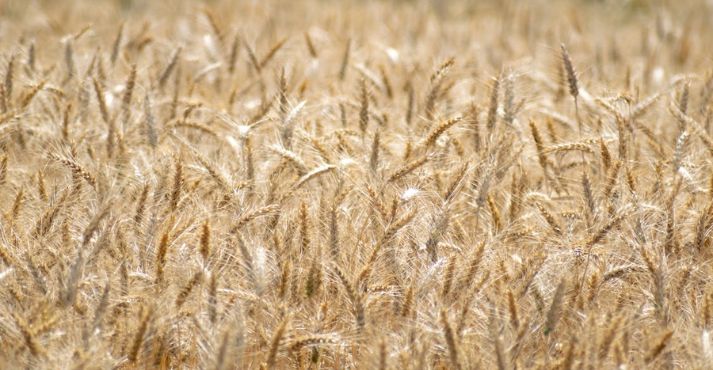
Agritech equips farmers with real-time data on various aspects of their fields. This includes factors like soil conditions, weather patterns, and crop health.
Farmers can make informed decisions regarding irrigation, fertilization, and pest control with this information.
This precision ensures crops receive the exact care they require, optimizing growth conditions and yield.
Higher Productivity
The precision made possible by agritech directly translates into increased productivity. By leveraging data analytics and technology-driven insights, farmers can identify potential issues early on and take prompt corrective actions.
This proactive approach minimizes crop losses due to diseases, pests, or adverse weather conditions, ultimately contributing to a higher yield at harvest.
Financial Gains
Improved yield and productivity go hand in hand with enhanced profitability. The optimization of resources, reduction of input wastage, and the ability to produce more from the same land all contribute to reducing production costs.
Moreover, the higher yield allows farmers to meet market demands more effectively, potentially leading to better pricing and increased revenue.
Risk Mitigation
Agritech is pivotal in helping farmers mitigate risks by providing them with advanced tools to anticipate and address challenges effectively.
With the integration of genetic modification in food, farmers can do early disease detection in cultivated crops. Similarly, through weather forecasting and data-driven decision-making, agritechnology empowers farmers to proactively protect their crops and investments.
Weather Forecasting
Weather plays a significant role in agricultural outcomes. Agritech offers accurate and localized weather forecasting, allowing farmers to plan their operations based on upcoming weather patterns.
This information is crucial for deciding on irrigation, planting, and harvesting. With precise weather insights, farmers can adapt their strategies to minimize the effects of adverse weather conditions.
Popular Agritech Technologies
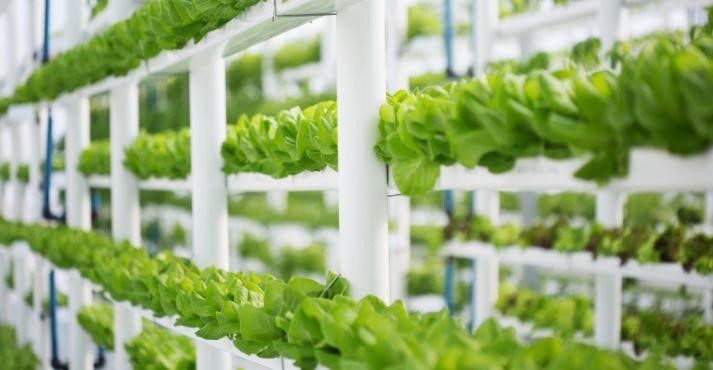
Let’s explore some remarkable agritech tech changing the game for farmers! From intelligent sensors to high-flying drones, these innovations are making farming more innovative and efficient, as well as ensuring that technology in agriculture becomes common.
1. Precision Farming
Precision farming is a game-changer for agriculture in Southeast Asia. This innovative approach harnesses data-driven techniques to optimize crop yields, minimize resource inputs, and boost farm profitability.
Picture this: farmers equipped with advanced sensors, drones, and satellite imagery, all working together to provide a detailed snapshot of their fields.
Through precision farming, farmers can precisely manage irrigation, fertilization, and pest control, ensuring that each crop receives precisely what it needs and where. This use of agricultural technology maximizes crop yields and minimizes the wastage of valuable resources like water and fertilizers.
Precision farming is a crucial tool for ensuring sustainable agricultural practices in a region where resources can be scarce and the demand for food is high.
2. Vertical Farming
Vertical farming is a life-saver, especially in bustling urban areas of Southeast Asia. Imagine towering skyscrapers filled not with offices but rows of leafy greens and ripe tomatoes. That’s vertical farming for you!
One of the biggest perks of vertical farming is space efficiency. By stacking plants vertically, vertical farms make the most of available space in crowded cities where land is scarce. This means you can grow a ton of food in a small area, making urban agriculture a reality.
But that’s not all. Vertical farming is also a champion when it comes to water conservation. Using hydroponic or aeroponic systems, where plants grow in water or mist instead of soil, vertical farms use significantly less water than traditional farming methods. This is important in regions where water resources are precious.
The best part? Vertical farms can produce food all year round, regardless of the season. Technology in agriculture allows crops to thrive regardless of external weather conditions, using controlled environments and artificial lighting.
This means a steady supply of fresh, locally-grown produce for urban dwellers, reducing the need for long-distance transportation and lowering carbon emissions.
3. Agricultural Drones
In Southeast Asia, where farming is critical to livelihood, drones are becoming essential tools for farmers. It’s the perfect blend of agriculture and technology.
One of the fantastic things about drones is their ability to monitor crops from above. With specialized cameras and sensors, drones can capture detailed images of fields, allowing farmers to spot problems like pests or diseases early on. Farmers can take action quickly, saving their crops from potential damage.
But that’s only part of what drones can do. They’re also handy for pest management. By spraying pesticides or beneficial insects from the air, drones can precisely target specific field areas, reducing the need for widespread pesticide use and minimizing environmental harm.
Let’s not forget about aerial mapping. Drones equipped with mapping software can create detailed 3D models of fields, helping farmers plan their planting and irrigation strategies more effectively. This means better resource use and higher yields in the long run.
4. IoT and Sensors
In Southeast Asia’s bustling agricultural sector, IoT (Internet of Things) devices and sensors are revolutionizing farming practices, agriculture, and technology. These tiny gadgets may seem small, but they significantly make farming more innovative and efficient.
Imagine sensors nestled in the soil, constantly collecting data on moisture levels, nutrient content, and temperature. These sensors send this valuable information to farmers in real time, allowing them to make informed decisions about irrigation and fertilization.
This means crops get precisely what they need right when needed, leading to healthier plants and higher yields.
But that’s not all. IoT devices also monitor the weather. By collecting data on temperature, humidity, and rainfall, farmers can anticipate weather patterns and plan their farming activities accordingly. They are the high point of farming technology.
This helps them avoid potential crop damage from extreme weather events, ensuring a more reliable harvest.
And when it comes to monitoring crop growth, IoT devices take the lead. With cameras and sensors mounted on drones or fixed in fields, farmers can precisely track their crops’ growth and health.
Current Challenges of Agritech
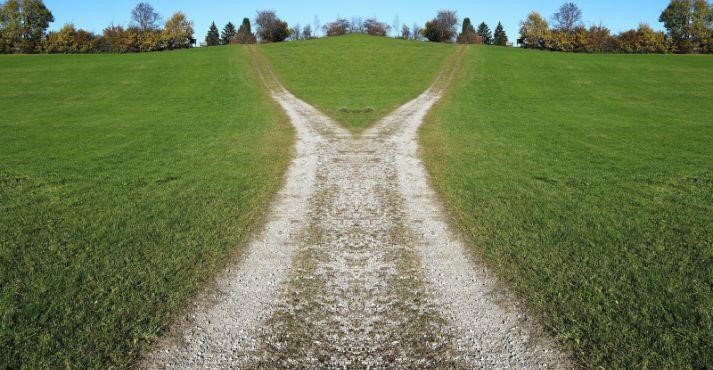
As we venture into the agritech sector, it’s essential to acknowledge the hurdles we encounter along the way. Despite the promising innovations, there are challenges that demand our attention and consideration when talking about technology used in agriculture.
Let’s look into the current obstacles facing Agritech.
1. Digital Divide
The digital divide in Southeast Asia poses a big challenge for Agritech. In rural areas, where farming is common, many folks need easy access to technology like computers or smartphones, and an internet connection can be spotty at best.
Farmers need to take advantage of the latest Agritech tools that could help them grow more food and improve their farms. With reliable internet and tech gadgets, it’s easier for farmers to tap into the benefits of Agritech, keeping them stuck in traditional farming methods.
2. Infrastructure Gaps
Infrastructure gaps present significant hurdles for Agritech implementation across Southeast Asia. Transportation networks must be developed in many areas, making it difficult for farmers to access essential resources and farming technology.
Additionally, inadequate storage facilities result in post-harvest losses, reducing the effectiveness of Agritech solutions. Moreover, limited market access further compounds the challenges as farmers struggle to sell their produce efficiently.
These gaps in infrastructure not only hinder the adoption of Agritech but also worsen existing disparities in rural development.
3. Language Barriers
Language barriers present a significant obstacle to adopting Agritech solutions in Southeast Asia. Many farmers in the region may need to be more fluent in English, often the primary language used in agricultural technology platforms.
This language barrier can make it challenging for farmers to access and utilize these technologies effectively. With platforms available in local languages, farmers may be able to understand instructions, interpret data, or troubleshoot issues.
Moreover, language barriers can also hinder effective communication and support between Agritech providers and farmers. Farmers may hesitate to engage with the technology they need to understand, leading to reluctance to adopt new practices fully.
4. Minimal Financial Resources
Limited financial resources pose a significant challenge for smallholder farmers in Southeast Asia when it comes to using technology in agriculture.
Many advanced technologies, such as intelligent sensors and precision agriculture tools, come with high initial costs that are simply out of reach for farmers with limited resources.
These farmers often operate on tight budgets, with little room for investment in expensive technologies. As a result, they may miss out on the benefits of Agritech, including increased productivity and sustainability.
Moreover, traditional financing options may not be readily available or accessible to smallholder farmers, worsening affordability.
5. Lack of Awareness
The need for more awareness and education about Agritech solutions among farmers, agronomists, and other stakeholders presents a significant barrier to their adoption in Southeast Asia.
Many farmers may need to be more familiar with the use of technology in agriculture and the potential benefits of Agritech, or they may need to understand how these technologies can fully improve their farming practices.
Farmers may need proper awareness and education to adopt new technologies, fearing the risks or uncertainties associated with unfamiliar tools.
Additionally, agronomists and agricultural extension workers may need more knowledge and training to promote and support the effective adoption of agritech solutions among farmers.
This lack of awareness and education leads to low adoption rates and missed opportunities for innovation in the agricultural sector.
Farmers may continue to rely on traditional farming methods, missing out on the efficiency gains, productivity improvements, and sustainability benefits that Agritech can offer.
6. Policy and Regulatory Frameworks
The current situation of government policies and regulatory frameworks in Southeast Asia presents challenges to the growth of the Agritech sector and the prevalence of technology in agriculture.
In many cases, these policies and regulations have yet to fully adapt to support the unique needs and workings of the Agritech industry, creating hurdles for innovation and investment.
One major challenge is clear and supportive policies governing Agritech activities. Without a conducive regulatory environment, companies may face uncertainty and obstacles when developing and deploying new technologies.
This can deter investors and entrepreneurs from entering the Agritech market, stifling innovation and limiting the sector’s growth potential.
Additionally, outdated regulations or bureaucratic barriers may impede farmers’ and other stakeholders’ adoption of agritech solutions.
For example, cumbersome approval processes for new agricultural technologies or restrictive import/export regulations for Agritech equipment can hinder the timely deployment of innovative solutions.
Furthermore, inconsistencies in regulatory frameworks across different countries in the region can create additional complexities for Agritech companies operating across borders.
Examples of Agritech Startups in Southeast Asia
Let’s look at some of the exciting Agritech startups across Southeast Asia. These innovative ventures are using technology to address pressing challenges in agriculture, genuinely making us understand what Agritech is and reshaping the way farming is done in the region.
1. eFishery (Indonesia)
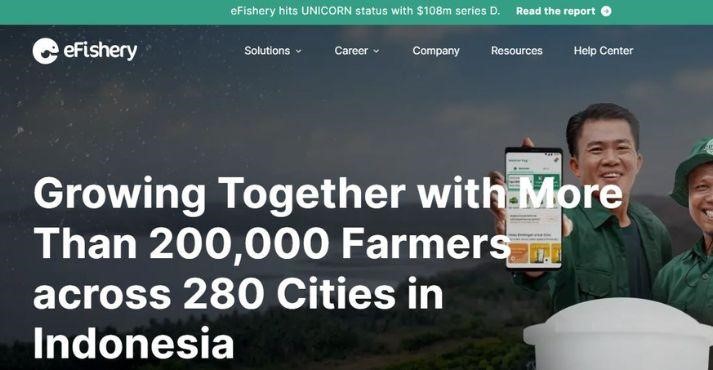
eFishery, an Indonesian Agritech startup, is making waves in the aquaculture industry by providing innovative solutions to fish and shrimp farmers.
With smart feeders, water quality sensors, and a user-friendly mobile app, eFishery empowers farmers to improve their operations and increase productivity.
By accelerating the harvest cycle, facilitating financial access, and providing comprehensive services to over 200,000 farmers across 280 cities in Indonesia, eFishery is revolutionizing aquaculture practices and contributing to food security in Southeast Asia through farming technology.
2. Cropital (Philippines)
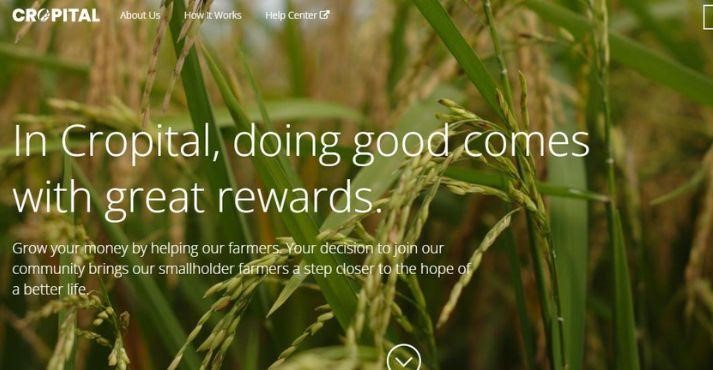
Cropital, a pioneering Agritech startup based in the Philippines, is transforming agriculture by connecting agricultural producers with investors through a crowdfunding platform.
This innovative role of technology in agriculture facilitates access to much-needed financing for smallholder farms, empowering them to expand their operations and improve their livelihoods.
With over ₱100 million raised, Cropital has supported 1,600 farmers across 10 provinces, making a tangible impact on rural communities.
By allowing investors to directly impact the lives of farmers while earning returns on their investment, Cropital promotes social good and financial sustainability in the agricultural sector.
3. Semaai (Indonesia)
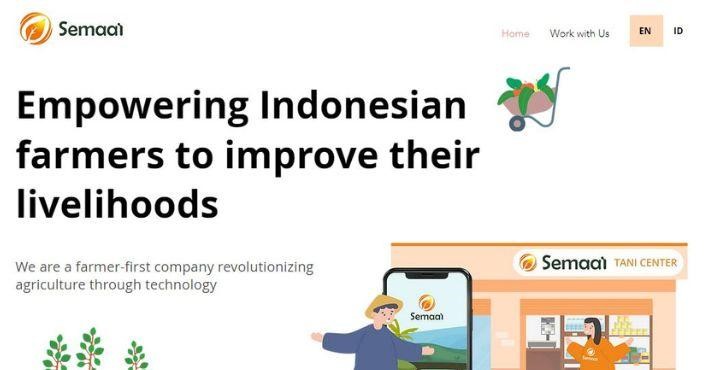
Semaai, an Indonesian Agritech company, is at the forefront of revolutionizing agriculture through technology, encouraging Indonesian farmers to improve their livelihoods.
Through their app-based platform, Toko Tanis, Semaai offers a comprehensive suite of services tailored to the needs of Indonesian farmers. This includes an agri inputs marketplace, agri advisory services, and soil tests, with more innovations in the pipeline.
With a farmer-first approach ingrained in their DNA, Semaai is committed to addressing the most pressing challenges in Indonesian agriculture.
Supported by renowned technology investors and angels, Semaai’s impact-driven team brings decades of experience working with smallholders and developing impactful technological solutions.
4. Umitron (Singapore)

Umitron, based in Singapore, is a leading developer of AI and IoT-based solutions tailored for aquaculture farms. With a mission to promote sustainable aquaculture practices on Earth, Umitron influences cutting-edge technology to create computerized aquaculture systems.
Their services are designed to optimize farm management processes and improve productivity while minimizing environmental impact. By integrating AI and IoT technologies, Umitron enables seafood farming to be S.M.A.R.T. (Sustainable, Monitorable, Affordable, Reliable, and Traceable).
With a dedicated team and a commitment to innovation, Umitron is driving positive change in the aquaculture industry and ensuring a more sustainable future for seafood production through the use of technology in agriculture.
Conclusion
In conclusion, agritech is a transformative force that has reshaped modern agriculture. Its integration of technology, data analytics, and automation has ushered in a new era of farming practices.
With applications ranging from precision agriculture to sustainable practices, agritech addresses challenges and drives positive changes across the agricultural landscape.
The benefits of agritech are far-reaching, enabling farmers to achieve increased efficiency, sustainable practices, and improved yield and profitability.
Through data-driven insights, farmers can make informed decisions, optimize resource allocation, and proactively mitigate risks. These advancements enhance agricultural productivity and contribute to responsible resource management and environmental stewardship.
As agritech continues to evolve, its potential to revolutionize the way we approach farming becomes increasingly evident.
By harnessing the power of technology, farmers are empowered to embrace innovative methods that lead to healthier crops, reduced environmental impact, and improved livelihoods.
With agritech as a partner, modern agriculture is set on a trajectory of growth, resilience, and sustainability.

